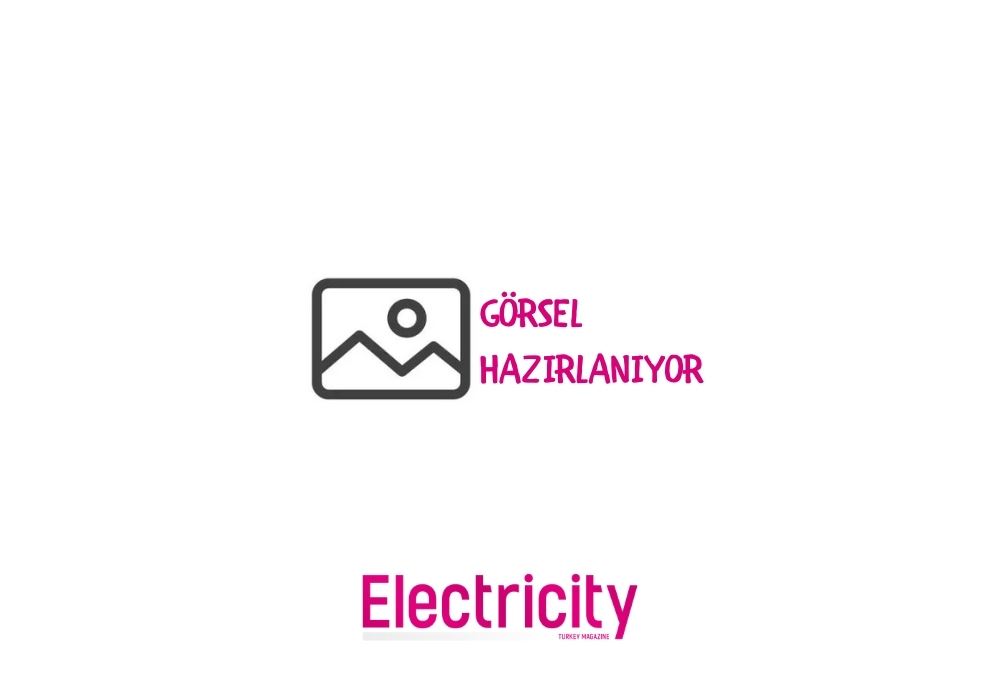
Ensuring energy continuity and quality in industrial facilities where lean production takes place is one of the most important issues. Now, today, while companies supply energy from the grid, they can also have gas turbines or if they have a land with wind potential, they can provide the energy of the facility from several points by installing a wind power plant. Wind power plant investments are made to sell the energy to be produced or to use it only within the facility. At the same time, in order to operate the plant efficiently and ensure the diversity of energy supply, industrial plants can produce energy by using substances such as steam etc. released from the process for small-scale cogen systems.
Renewable energy plants, especially those used in industrial facilities, due to the nature of the resource, can adversely affect the operation of natural gas or steam turbines at the plant. Against a wind farm that produces fluctuating energy at a time when demand is stable, other conventional turbines again have to react fluctuatingly and eventually become electrically stressed. In the busbar where the wind farm, which has produced fluctuating energy, is connected at the facility, it is possible to see a uniform voltage with the integration of the energy storage system. In addition, the energy storage system can perform the black start operation by providing this reference itself, although there is no voltage frequency reference in the system for black start.
On the other hand, industrial facilities have auxiliary and critical facilities. It is very important to ensure energy continuity in order to prevent any fire risk or loss of production in these facilities. If the energy is cut off in these facilities, some cooling pumps or fans may not work and as a result, the system may face dangerous consequences such as fire etc. due to the temperature increase, and on the other hand, the problem at the critical production level may result in damage up to freezing of the semi-finished product and thus the dismantling of the complete mechanical parts of the system. Here, too, the integration of energy storage systems with Li-ion batteries, which are activated quickly for energy continuity, is one of the best solutions.
Energy storage systems provide active and reactive power instantaneously and can also provide reactive power support during the start-up of the engines. In the case of a short circuit in the system, they can open the input switch of the short-circuit busbar, provide a short-term short-circuit power, and then energize the critical load in island mode after a short time. After the fault in the main circuit is eliminated, the switch that is opened quickly is closed again and the system is brought back to the old operating mode.
Another example is seen in places where heavy industrial facilities are densely located. For example, when the entrance bus in the electrical plant of a food production company is exposed to an electrical impact caused by a problem in the electrical plant of the iron and steel company located nearby, it may be possible for the food company to stop its production. In order to prevent this, it is one of the right solutions to use an energy storage system in the critical busbar, which should never stop by absorbing electrical impulses on the upper busbar.
Energy storage systems can be activated quickly using Li-ion batteries. By means of the protection elements in front of each battery system, the entire battery system in the system can be designed to work redundantly. In addition, energy storage systems can be operated in different control modes in milliseconds with its sophisticated controller structure, not only to provide active and reactive power in emergency situations, but also to provide energy continuity by responding at low power or energy according to the needs of the system. Li-ion batteries have more cycles than other conventional batteries and are more efficient. Li-ion batteries are also preferred by international companies due to the fact that their price is gradually decreasing with the discovery of new areas related to "Li" reserves every year and the energy density is higher than other battery systems in unit volume, and it is foreseen that they will be one of the most planned battery types in the future both because they are already used commercially and because R & D studies are still being carried out.
In industrial facilities where energy quality and continuity are important, energy storage systems that are rapidly activated, efficient and low-volume energy storage systems that integrate with renewable energy facilities as well as conventional energy production facilities will play an important role in the future.
 SİZİN DÜŞÜNCELERİNİZ?
SİZİN DÜŞÜNCELERİNİZ?